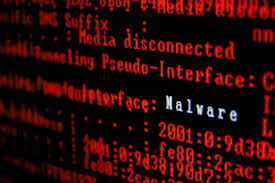Malware-as-a-Service (MaaS) operations continue to pose significant security and operational risks to organizations of all sizes and across all industries. The playbook is simple… socially engineered malware (usually links or attachments) is sent to or from a colleague; they appear legitimate and as such, are clicked on, thus providing a way for bad actors to gain access and conduct malicious activity.
Despite defense in depth security frameworks, a layering of firewalls and other technologies, as well as best practices and ongoing end user training, no one seems to be absolutely safe. There is no way to totally prevent someone from clicking on rogue link embedded in a phishing email or file attachment. This is exacerbated when using personal devices, such as mobile phones and tablets. Recent incidents at Clorox, MGM, and Caeser’s Entertainment offer a glimpse of how clever, creative, and shrewd bad actors can be.
According to Sibylline, a strategic advisory firm that publishes the Cyber Risk Register, MaaS continues to emerge. Most recently, DarkGate is the latest example of MaaS finding its way into many corporate networks by exploiting Skype. Through compromised Skype accounts, bad actors were able to hijack existing messaging threads and send phishing messages, likely to support ransomware or cryptomining schemes.
Third-party apps and messaging services, such as Skype, are being exploited. Utilizing private communications and messaging solutions that vet users and leverage multi-layered security features and encryption can reduce, if not eliminate the threat of MaaS from infiltrating your organization.


